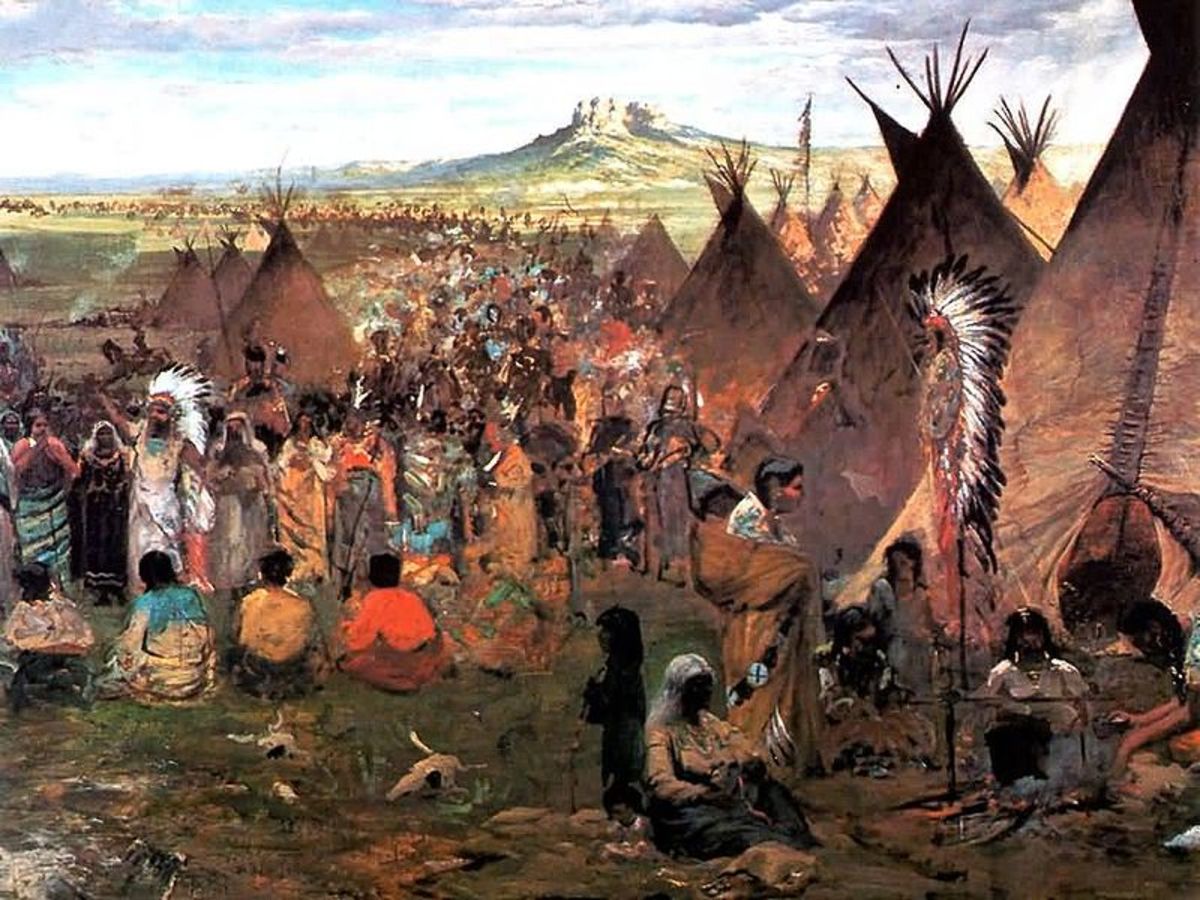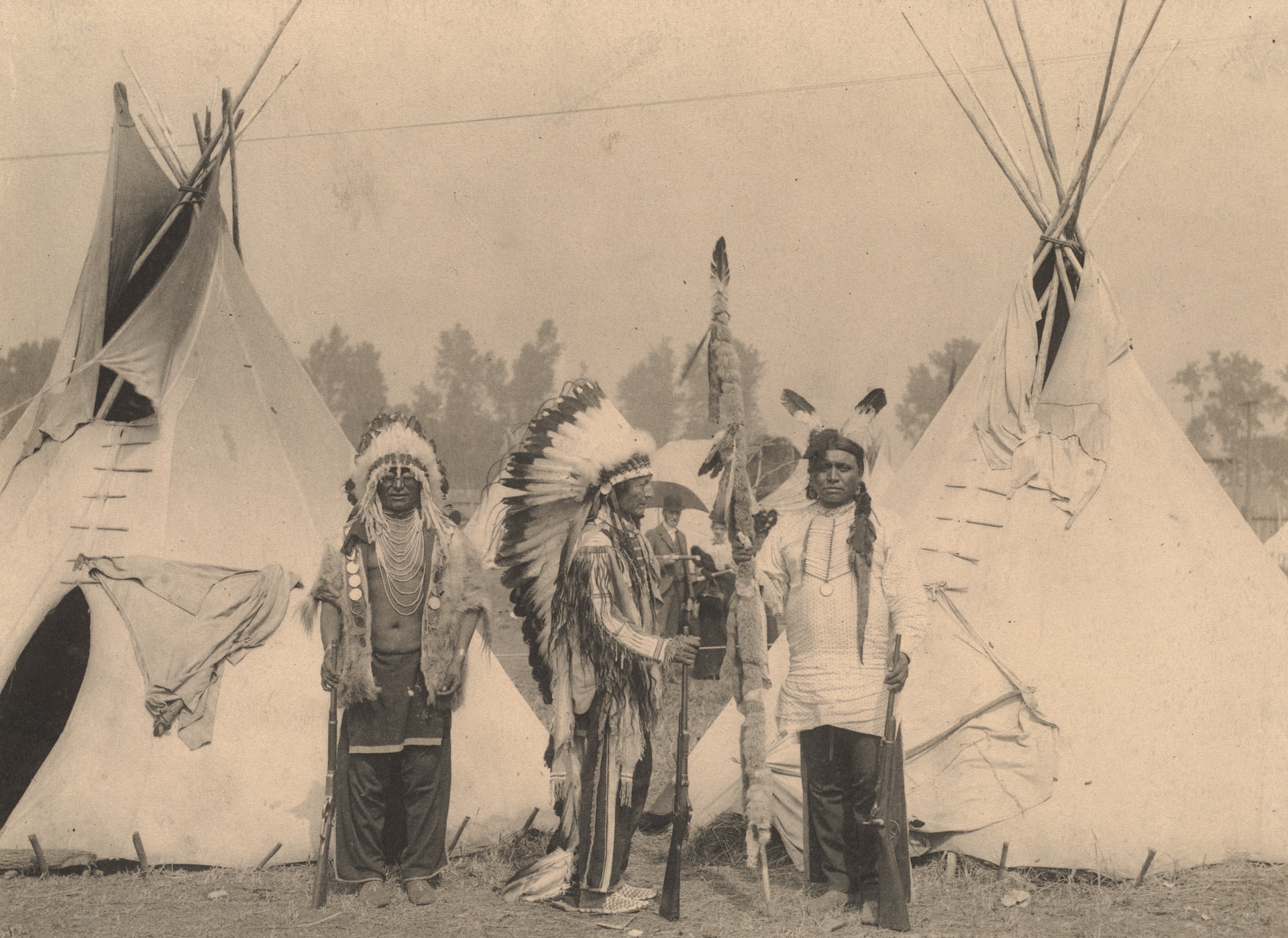
Exhibitions on Native American Oral Histories: A Deep Dive into Voice, Representation, and Decolonization
Native American oral histories represent a profound and intricate tapestry of knowledge, memory, identity, and spirituality, passed down through generations. Unlike Western written traditions, these histories are living, dynamic, and often performative, embodying a holistic understanding of the world that interweaves historical events with cosmological narratives, ethical teachings, and practical knowledge. Exhibitions focused on these oral traditions are not merely displays of artifacts or static texts; they are complex engagements with cultural sovereignty, representation, and the decolonization of institutional spaces. This article explores the multifaceted world of such exhibitions, delving into their historical context, curatorial methodologies, inherent challenges, and profound significance.
The Essence of Native American Oral Histories
At its core, Native American oral history is far more than anecdotal storytelling. It encompasses a vast array of forms, including creation myths, historical narratives, ceremonial songs, personal testimonies, legal codes, and pedagogical stories. These narratives are often mnemonic devices, laden with cultural metaphors and symbols, and are integral to the social cohesion and spiritual well-being of Indigenous communities. They transmit critical information about land stewardship, kinship systems, medicinal practices, astronomical observations, and ethical frameworks. Crucially, these histories are often tied to specific places, languages, and performance contexts, making their translation into a museum setting a delicate and ethically charged endeavor.
The authority and authenticity of oral histories stem from the speaker’s lineage, experience, and community standing. Elders, knowledge keepers, and ceremonial leaders are entrusted with the responsibility of preserving and transmitting these traditions, often through rigorous apprenticeships and lifelong dedication. This intergenerational transfer ensures the continuity of culture and the vitality of Indigenous languages. Understanding this intrinsic value is paramount for any institution seeking to exhibit these invaluable cultural assets.

Historical Context: From Exploitation to Empowerment
The history of exhibiting Native American cultures in Western museums is fraught with problematic practices rooted in colonial ideologies. Early ethnographic displays often presented Indigenous peoples as "primitive," "vanishing races," or subjects of scientific study, stripping their cultures of agency and reducing complex societies to exotic curiosities. Oral traditions, if acknowledged at all, were frequently transcribed and interpreted through a Western lens, often losing their original meaning, context, and power. The voices of Native peoples were largely absent, replaced by the authoritative (and often biased) voice of the non-Indigenous curator or anthropologist.
A significant shift began in the latter half of the 20th century, fueled by Indigenous activism, the American Indian Movement (AIM), and legislative acts like the Native American Graves Protection and Repatriation Act (NAGPRA) of 1990. These movements demanded respect for Indigenous sovereignty, the return of ancestral remains and sacred objects, and greater control over cultural representation. This period marked the emergence of tribal museums and cultural centers, which were established by and for Indigenous communities, providing platforms for self-representation and the assertion of their own narratives. Mainstream institutions also began to slowly adopt more collaborative approaches, recognizing the ethical imperative of involving Native communities in the interpretation of their own heritage.
Curatorial Approaches and Methodologies in Contemporary Exhibitions
Contemporary exhibitions on Native American oral histories are characterized by a commitment to ethical engagement, shared authority, and innovative display techniques. The primary goal is to amplify Indigenous voices, provide accurate contextualization, and foster a deeper understanding of these living traditions.
-
Collaboration and Co-creation: This is the cornerstone of ethical practice. Exhibitions are increasingly developed through partnerships between museums and specific Native American nations, tribes, or communities. This involves extensive consultation with tribal leaders, elders, historians, and cultural specialists from the initial conceptualization phase through to design, content selection, and interpretation. The process ensures that narratives are presented in ways that are culturally appropriate, respectful of sacred knowledge, and reflective of community perspectives. Shared authority models empower Indigenous partners to make key decisions regarding what is shown, how it is interpreted, and what narratives are prioritized.
-
Voice and Testimony: The most direct way to present oral histories is through actual voices. Exhibitions utilize audio recordings, video testimonials, and interactive digital platforms to allow visitors to hear stories, songs, and personal accounts directly from Native American speakers. This approach not only provides authenticity but also conveys the emotion, intonation, and linguistic nuances that are central to oral performance. Transcriptions and translations, when provided, are carefully reviewed by community members to ensure accuracy and cultural sensitivity.
-
Contextualization and Interpretation: Rather than presenting oral histories in isolation, exhibitions strive to provide rich cultural, historical, and geographical context. This involves incorporating traditional arts, historical documents, maps, and environmental elements that illustrate the interconnectedness of stories with land, community, and material culture. Interpretation goes beyond mere description, seeking to convey the deeper meanings, ethical teachings, and contemporary relevance of the narratives. Challenging stereotypes and offering multiple perspectives are also key aspects of this approach.
-
Multi-sensory and Experiential Design: Recognizing that oral traditions are often performed and experienced rather than passively consumed, exhibitions employ multi-sensory design elements. Beyond audio and video, this might include immersive environments, tactile experiences with traditional materials, scent, and even performance spaces for live storytelling or cultural demonstrations. The goal is to create an engaging experience that respects the dynamism of oral traditions.
-
Language Revitalization: Many exhibitions incorporate Indigenous languages, offering translations alongside original recordings. This not only honors the linguistic heritage but also contributes to language revitalization efforts within Native communities, encouraging younger generations to connect with their ancestral tongues.
-
Digital Platforms and Accessibility: Digital technologies play a crucial role in expanding the reach and accessibility of oral histories. Online archives, virtual exhibitions, and interactive websites allow for deeper engagement with narratives, often providing additional resources, maps, and related cultural information. These platforms can also serve as living repositories, continually updated with new stories and perspectives.

Challenges and Complexities
Despite advancements, exhibiting Native American oral histories presents significant challenges:
-
Translating the Dynamic into the Static: Oral traditions are inherently dynamic, evolving, and often tied to specific performative contexts. Translating this living, breathing tradition into a static museum display can risk stripping it of its essence, reducing it to a historical artifact rather than a vibrant, ongoing cultural practice.
-
Intellectual Property and Sacred Knowledge: Determining who has the right to share certain stories, especially those considered sacred or restricted to specific ceremonies or lineages, is a critical ethical consideration. Exhibitions must navigate issues of intellectual property, cultural ownership, and the potential for commodification or misrepresentation of sensitive information.
-
Decolonizing the Museum Space: Even with collaborative efforts, mainstream museums are often products of colonial institutions. Decolonizing the exhibition space involves not just content but also challenging institutional power structures, re-evaluating display methodologies, and ensuring Indigenous leadership and governance throughout the process.
-
Audience Engagement and Education: Bridging the knowledge gap between Indigenous and non-Indigenous audiences requires careful pedagogical strategies. Exhibitions must address preconceived notions, dismantle stereotypes, and provide accessible entry points for visitors who may have limited prior knowledge of Native American cultures.
-
Funding and Resources: Developing culturally sensitive, technologically advanced, and collaborative exhibitions requires substantial financial and human resources, which can be a barrier, particularly for smaller tribal museums and cultural centers.
Impact and Significance
Exhibitions on Native American oral histories wield profound impact on multiple levels:
-
For Indigenous Communities: They serve as powerful tools for cultural revitalization, language preservation, and intergenerational knowledge transfer. By showcasing their own voices and histories, these exhibitions affirm Indigenous identity, strengthen community bonds, and assert cultural sovereignty. They also provide platforms for addressing historical trauma and fostering healing.
-
For Non-Indigenous Audiences: These exhibitions offer invaluable opportunities for education, empathy, and reconciliation. They challenge dominant historical narratives, deconstruct stereotypes, and foster a deeper understanding of the richness, diversity, and resilience of Native American cultures. By engaging directly with Indigenous perspectives, visitors can gain a more nuanced and respectful appreciation of different worldviews.
-
Shaping the Future of Museology: By pioneering collaborative, ethical, and community-centered practices, these exhibitions are at the forefront of transforming museological theory and practice globally. They champion shared authority, indigenous epistemologies, and a commitment to social justice within cultural institutions.
Conclusion
Exhibitions on Native American oral histories are more than just cultural displays; they are vital acts of cultural affirmation, education, and decolonization. Through meticulous collaboration, ethical curatorial practices, and innovative storytelling methodologies, these exhibitions create powerful platforms where Indigenous voices can be heard, respected, and understood. They stand as enduring testaments to the resilience, wisdom, and continued vitality of Native American cultures, fostering critical dialogue, promoting cross-cultural understanding, and paving the way for a more equitable and respectful future for all. As these exhibitions continue to evolve, their commitment to amplifying authentic voices and challenging historical injustices will remain paramount, ensuring that the rich tapestry of Native American oral histories continues to inspire and inform generations to come.


